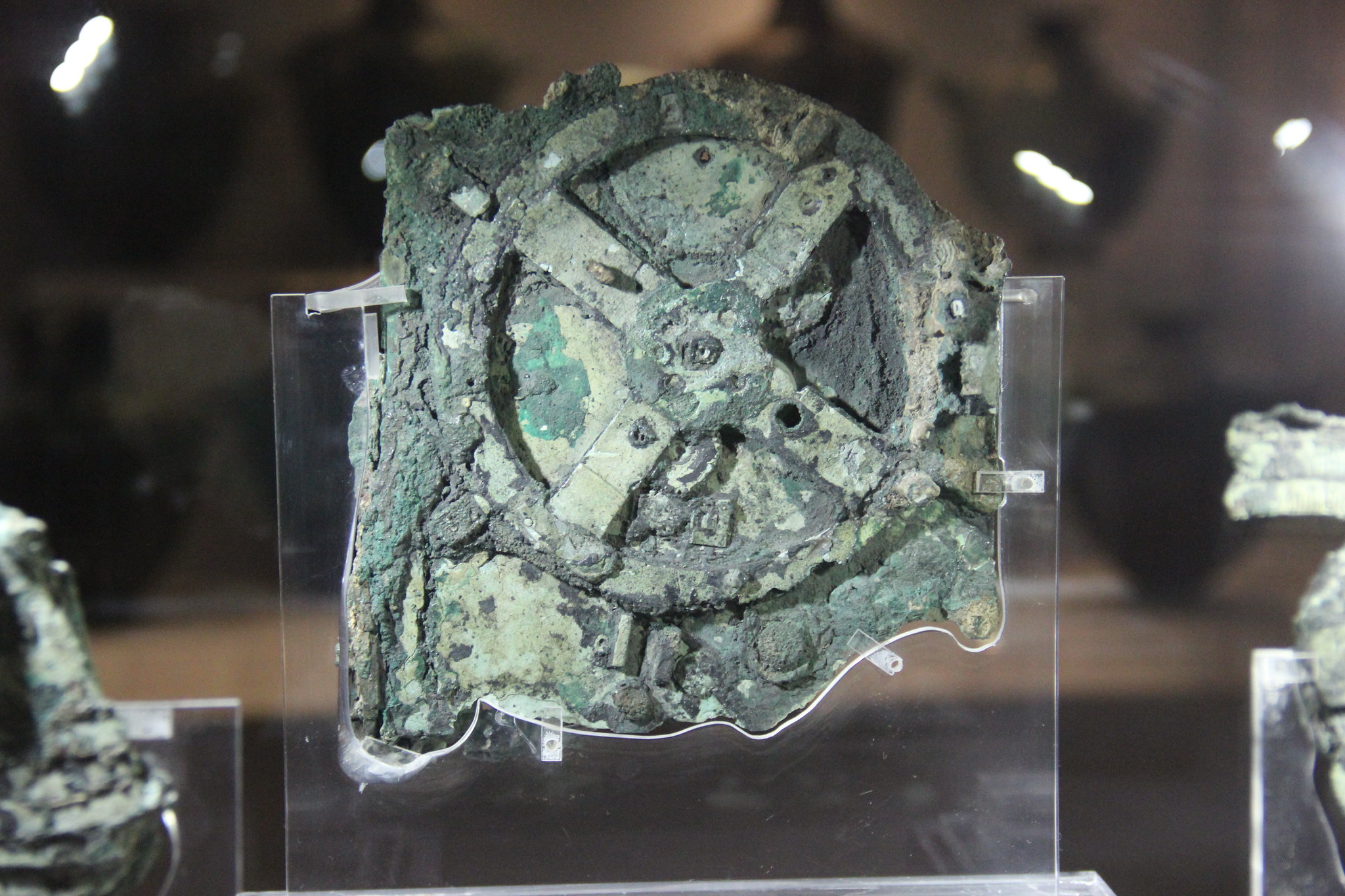Introduction
The digital age has brought about a new era in the field of cultural heritage. With the rise of open data, cultural heritage institutions have the opportunity to share their data with the public in new and innovative ways. In this article, we will explore the future of open data in cultural heritage, including its importance, benefits, challenges, and future trends.
What is Open Data?
Open data refers to the idea that certain data should be freely available to everyone to use and republish as they wish, without restrictions from copyright, patents, or other mechanisms of control. Open data is typically made available in machine-readable formats, allowing for easy access and analysis.
The Importance of Open Data in Cultural Heritage
Cultural heritage is an essential aspect of human history and identity. It includes monuments, artifacts, archives, and other forms of tangible and intangible cultural heritage. Cultural heritage is an important resource for research, education, tourism, and community development. However, much of this data is not easily accessible to the public.
Open data has the potential to revolutionize the way cultural heritage institutions share their data. By making data openly available, cultural heritage organizations can increase public access to their collections, promote collaboration and innovation, and contribute to the preservation of cultural heritage.
Benefits of Open Data in Cultural Heritage
Open data has numerous benefits for cultural heritage organizations. By making data freely available, cultural heritage institutions can:
- Increase public access to their collections
- Facilitate research and education
- Promote collaboration and innovation
- Enhance transparency and accountability
- Contribute to the preservation of cultural heritage
Challenges of Open Data in Cultural Heritage
Despite its potential benefits, there are also challenges to implementing open data in cultural heritage. These challenges include:
- Ensuring data quality and accuracy
- Protecting intellectual property rights and privacy concerns
- Managing digital preservation and data security
- Developing sustainable business models
- Bridging the digital divide and promoting digital literacy
Future Trends in Open Data for Cultural Heritage
Looking ahead, there are several trends in open data for cultural heritage that are worth noting. These trends include:
- Increased use of machine learning and artificial intelligence to analyze cultural heritage data
- Greater emphasis on linked data and semantic web technologies
- Development of new tools and platforms for sharing and analyzing cultural heritage data
- Growing interest in community-driven approaches to cultural heritage preservation and access
- Continued efforts to address challenges related to data quality, privacy, and sustainability.
Case Studies
There are numerous examples of cultural heritage organizations that have successfully implemented open data. One such example is the British Library’s Digital Scholarship team, which has made more than 1 million images from its collection available on Flickr Commons. Another example is the Europeana Collections platform, which provides access to millions of digital items from European cultural institutions.
Conclusion
In conclusion, the future of open data in cultural heritage is full of possibilities and challenges. On the one hand, the increasing availability and interoperability of digital resources can greatly enhance our understanding and appreciation of cultural heritage. On the other hand, the ethical, legal, and technical issues associated with open data require careful consideration and collaboration among diverse stakeholders. To realize the full potential of open data in cultural heritage, we need to strike a balance between accessibility and protection, transparency and privacy, innovation and preservation. By harnessing the power of open data, we can unlock the hidden treasures of cultural heritage and make them accessible to everyone, now and in the future.
F.A.Qs
This post is part of a series on The impact of technology on cultural heritage preservation
- The Importance of Open Data in Cultural Heritage Preservation
- The Future of Open Data in Cultural Heritage
- The Role of Social Media in Promoting Cultural Heritage
- The Ethics of Digital Preservation
- The Importance of Accessibility in Cultural Heritage
- The Impact of AI on Cultural Heritage Preservation


